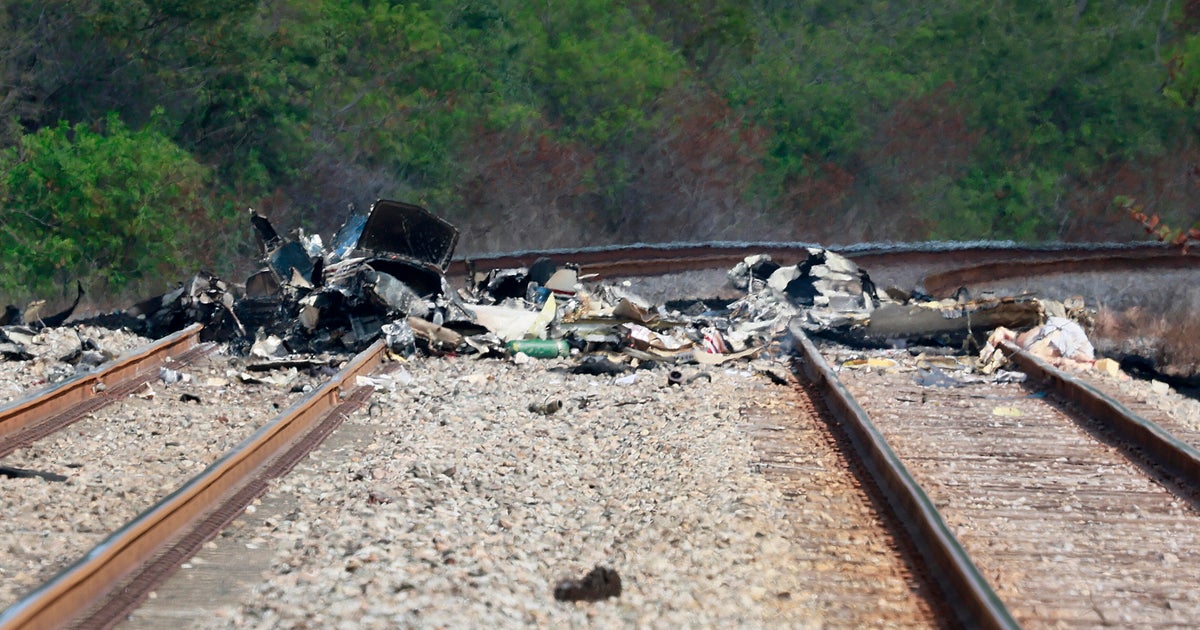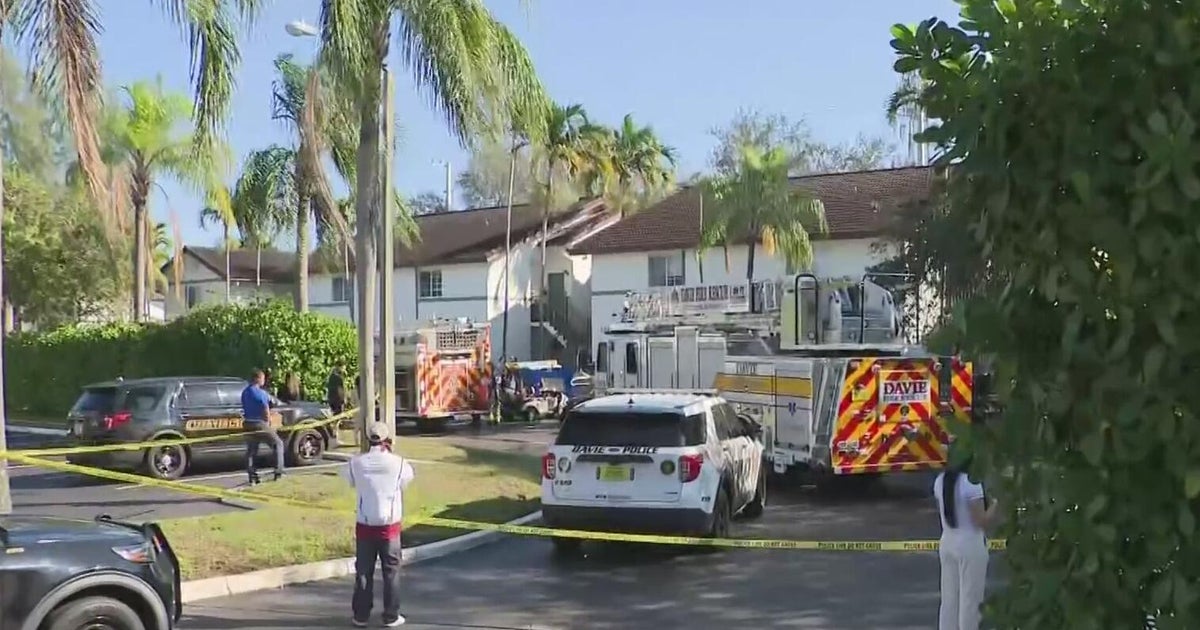New details have been released from the Boca Raton plane crash that killed three people in April, revealing that the small aircraft was experiencing rudder issues immediately after takeoff.
During the late morning of April 11, a Cessna 310R departed from Boca Raton Airport bound for Tallahassee International Airport and crashed shortly after takeoff, killing all three family members onboard: 81-year-old Robert Stark, 54-year-old Stephen Stark and 17-year-old Brooke Stark.
A person on the ground, 24-year-old Pablo Tafur, was hospitalized with non-life-threatening injuries after losing control of his car while driving through the crash’s fireball and crashing into a nearby tree.
On Wednesday, the National Transportation Safety Board released its preliminary report on the crash, revealing some of the circumstances surrounding the accident.
The plane’s rudder could only turn left
According to the NTSB, the crash happened during the aircraft’s first flight following an annual inspection and was conducted under Part 91 for personal use.
Surveillance and witness video obtained by the NTSB showed that the plane veered left immediately after takeoff and entered continuous left turns.
“Shortly after rotation, the airplane yawed to the left and continued in a left turn until the plane went out of view,” the NTSB described from one of the videos.
Preliminary Automatic Dependent Surveillance-Broadcast (ADS-B) data revealed that the plane made at least nine 360-degree turns, indicating that the aircraft could only make left turns and that one of the pilots reported having issues with the rudder.
“According to preliminary air traffic control recordings, one of the pilots reported that they were having a problem with the airplane’s rudder and that they could only make left turns,” the NTSB said.
As the plane went down, it initially struck trees in a road median before making impact on Military Trail near Interstate 95 and continued to a set of Tri-Rail tracks. The wreckage was extensively fragmented and burned, the NTSB said.
“The wreckage was highly fragmented, and there was a [post-impact] fire,” the agency noted.
During its findings, the NTSB found that the plane’s fuselage, including the cockpit, sustained “significant thermal damage” from the fire and most of the fuselage and cockpit had been consumed by the flames. Additionally, all the major components of the airplane were found at the crash site.
According to the NTSB, when the rudder was found, it exhibited impact and thermal damage, and the rudder continuity was intact for the right side. However, the left ruddle cable had fractured at both ends, showing signs of tension overload.
“The left rudder cable was fractured near the rudder pedal attach point and at the rudder bellcrank,” the NTSB said. “The separated cable ends exhibited a splayed, broomstrawed appearance, consistent with tension overload separation.”
From its findings, the NTSB said the damage suggested there was a possible rudder control malfunction that limited right turns.
When it came to the flight controls, the NTSB found that continuity was generally established for aileron and elevator systems, with breaks consistent with impact forces and recover efforts.
According to the NTSB, investigators found that both engines showed impact damage but had signs of normal operation before the crash, and that the propellers exhibited torsional and bending deformation, consistent with power at impact.
Following it preliminary investigation, the NTSB concluded that the plane experienced a rudder control issue shortly after takeoff, restricting it to only turn left. Despite both engines operating normally, the inability to control the rudder likely led the pilots to lose control of the aircraft and crash.
The NTSB said the crash will be investigated further to determine exact causes.



